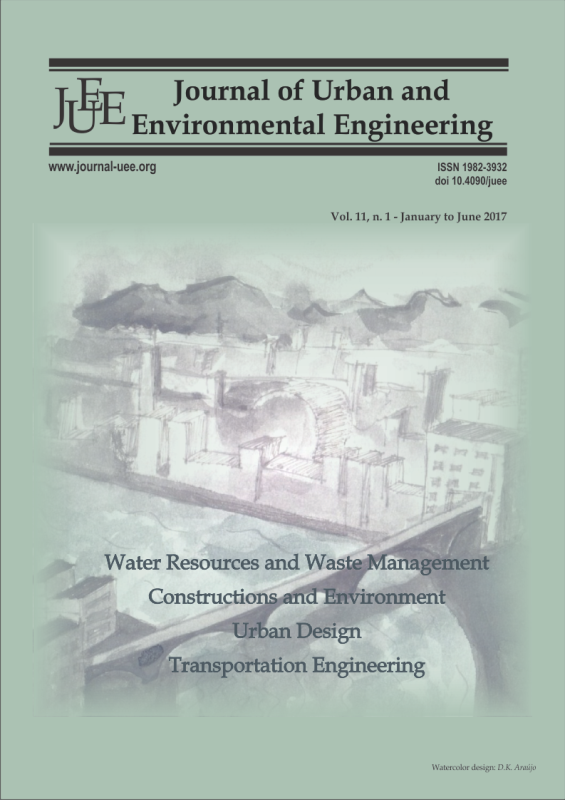SAND DUNE CONSERVATION ASSESSMENT IN COASTAL AREA USING ALOS PALSAR DInSAR TECHNIQUE
DOI:
https://doi.org/10.4090/juee.2017.v11n1.9-29Keywords:
Sand Dune, Tsunami Hazard, Conservation Map, ALOS PALSAR, DInSARAbstract
Big Earthquake generating tsunami occurred in the southern coastal of Java on 17 July 2006, There was a Tsunami waves occurred in the coastal area of West Java, Central Java, and Yogyakarta. Southern part of Java is characterized by a high potential tsunami hazard. Parangtritis is located on the southern coastal area of Bantul District, Yogyakarta Province (Java Island). This area is considered as high vulnerable area due to tsunami. Sand dune in Parangtritis area have a function such as a barrier to threat tsunami hazard. The problem of this research is some stakeholder did not give aware to sand dune conservation as a barrier of tsunami hazard. To minimize the loss material, it is necessary to have a barrier for minimizing tsunami impact such as sand dune which can be determined by considering tsunami hazard zones. This research is aimed at detecting the changing of sand dune actual condition using remote sensing application on ALOS PALSAR Differential Interferometric Synthetic Aperture Radar technique and simulate the tsunami inundation hazard impact (Scenario direction wave: south west, south east, south and west & elevation scenario wave: 5 m, 10 m, 15 m, 20 m, 25 m and 30 m). The inundation zone due to tsunami would be determined using the predicted water depth scenario. The hypothesis of this study is the scenario tsunami wave with southeast direction and elevation wave 30 meters has large impact and thus need more extensive sand dune conservation area. The final result of this research is tsunami hazard map and sand dune conservation management map.Downloads
Download data is not yet available.
Downloads
Published
2017-05-21
Issue
Section
Articles




